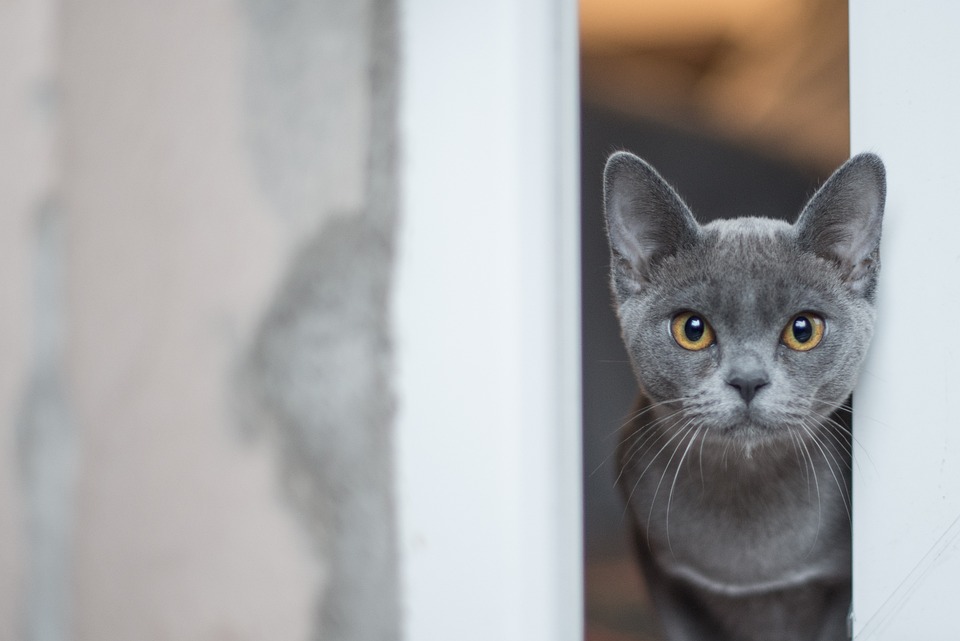Creating a designated cat-friendly space in your home is an essential aspect of promoting your feline companion’s well-being. Cats, known for their independent nature, greatly benefit from having a space tailored to their needs. In this article, we will explore the importance of a cat-friendly space and provide you with expert tips on how to create one that your furry friend will love.
Understanding the Importance of a Cat-Friendly Space
A cat-friendly space serves as a haven for your feline companion, providing them with an environment where they can exercise, relax, and express their natural behaviors. It helps to fulfill their instinctual needs, reducing stress and promoting overall mental and physical health.
Choosing the Ideal Location
Selecting the right location for your cat-friendly space is crucial. Consider a quiet area of your home, away from high traffic or noisy areas. Cats appreciate having a vantage point, so a spot near a window or elevated area would be ideal.
Essential Elements for a Cat-Friendly Space
To ensure your cat’s space is engaging and stimulating, you should incorporate the following elements:
Providing Vertical Space
Cats love to climb and observe their surroundings from above. Install cat trees, shelves, or wall-mounted perches to give them a chance to explore vertical space.
Incorporating Scratching Posts
Scratching is a natural behavior for cats. Provide sturdy scratching posts or boards to satisfy their instinct to scratch while protecting your furniture.
Ensuring Comfortable Resting Areas
Cats enjoy cozy spots for uninterrupted naps. Provide soft beds, blankets, or even heated pads to create comfortable resting areas in their designated space.
Offering Interactive Toys and Puzzles
Engage your cat’s natural hunting instincts by including interactive toys, puzzle feeders, or treat-dispensing toys. These will keep them mentally stimulated and entertained.
Incorporating Hiding Spots
Cats appreciate having hiding spots where they can retreat for privacy or when feeling anxious. Include cat tunnels, covered beds, or cardboard boxes to provide these safe spaces.
Designing a Safe Environment
Ensuring your cat’s safety in their designated space is paramount. Consider the following measures:
Removing Potential Hazards
Inspect the area for any toxic plants, dangling cords, or small objects that your cat could swallow. Keep all hazardous materials out of reach to prevent accidents.
Ensuring Adequate Ventilation and Lighting
Good airflow and natural light are crucial for your cat’s overall well-being. Ensure the designated space has proper ventilation and consider using daylight-simulating bulbs if necessary.
Using Pet-Safe Materials
Choose pet-friendly materials for furniture and toys to avoid any potential harm caused by toxic substances. Opt for non-toxic, durable, and easy-to-clean items.
FAQs about Cat-Friendly Spaces
1. Can I create a cat-friendly space in a small apartment?
Absolutely! Even in a smaller living space, you can optimize vertical areas, use compact furniture, and incorporate wall-mounted elements to provide your cat with an enriching environment.
2. How can I encourage my cat to use the designated space?
Entice your cat with treats, toys, or catnip to explore the designated area. Spending quality time with your cat in that space and providing positive reinforcement will also encourage their use of it.
3. Is it necessary to have multiple cat-friendly spaces in my home?
While not essential, having multiple cat-friendly spaces allows your cat to have options and helps prevent territorial conflicts if you have multiple cats. Consider creating additional spaces in various areas of your home.
4. Can I incorporate a litter box in the cat-friendly space?
It’s generally recommended to keep the litter box separate from the cat’s play and rest areas. However, if space is limited, ensure the litter box is placed in a quiet corner, away from food and water bowls.
5. What if my cat prefers other areas of the house instead?
Cats are individuals, and their preferences may vary. If your cat prefers other areas, try to understand what attracts them there and make adjustments to their designated space accordingly. Experimenting with different elements and observing their behavior will help you find the perfect balance.
Creating a designated cat-friendly space is a rewarding endeavor that contributes to your cat’s happiness and well-being. By incorporating the right elements and considering their safety, you can provide an enriching environment that your feline companion will adore.








